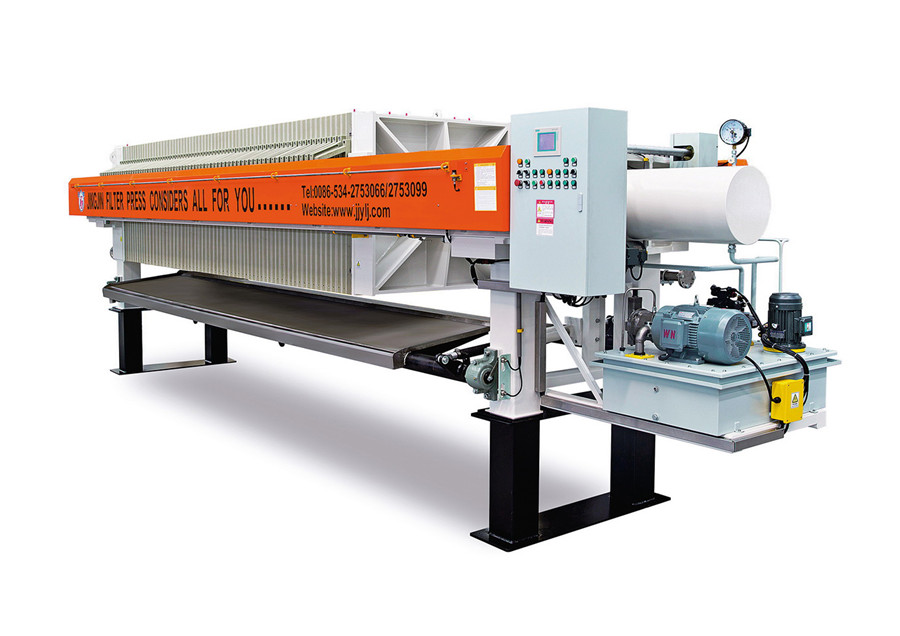Municipal and industrial wastewater facilities require effective sludge dewatering equipment to reduce costs, increase efficiency and comply with discharge regulations. Two prominent options are belt filter presses and disk stack centrifuges. Both technologies have several advantages and disadvantages depending on application requirements.
Belt Filter Press Consists Of Plates With Tensioned Belts

A belt filter press consists of a series of plates with tensioned belts that compress sludge into a dewatered cake. Sludge is fed into the press. And also liquid is squeezed out as the belts pass over decreasing diameter rolls. Belt presses offer:
・High dewatering efficiency due to increased pressure zones
・Low operating costs from reduced polymer and energy use
・Ability to handle a wide range of sludge types
・Long service life of 10-20 years
Some limitations include requiring more floor space, longer downtime for cloth replacement and mechanical failure risks. Spare parts availability from the filter press supplier is critical for minimizing downtime.
A Disk Stack Centrifuge Offers 4 Features
A disk stack centrifuge uses high rotational speeds to separate solids from liquid in the sludge. Sludge is fed into a stack of disks inside a bowl that rotates at up to 4,500 RPM. The centrifugal force drives water to the exterior where it is removed. Centrifuges offer:
・Compact design requiring less floor space
・High throughput rates from continuous operation
・Lower polymer requirements
・Faster return to service after maintenance
The main drawbacks are higher energy costs, a shorter lifespan of 5-15 years and higher maintenance requirements. Finding a centrifuge supplier with a local service team is important.
Conclusion For Many Factors To Effect Filter Press
Evaluating factors like capacity, efficiency, energy use, space requirements, maintenance needs and total cost of ownership can help decide between the two technologies. Pilot testing with site-specific sludge samples is ideal for getting performance data to compare dewatering results and operating costs.